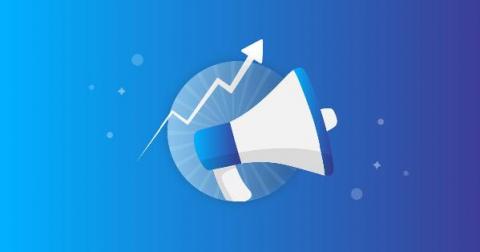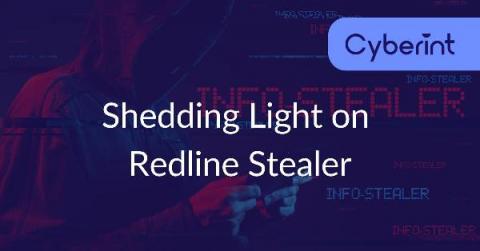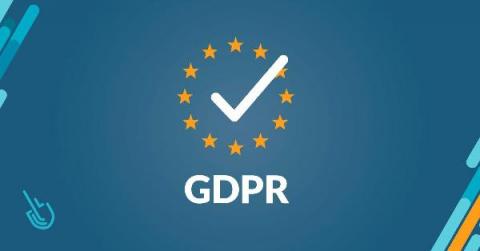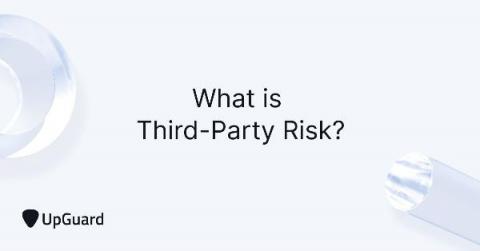How Snyk Social Trends help you fix essential security vulnerabilities
Recently, Snyk added Social Trends to its vulnerability data . This new indicator shows you what vulnerabilities are trending so you can better prioritize remediation. Our research team found out that there is a strong correlation between socially trending vulnerabilities and the existence of exploits that can actually harm your application.










